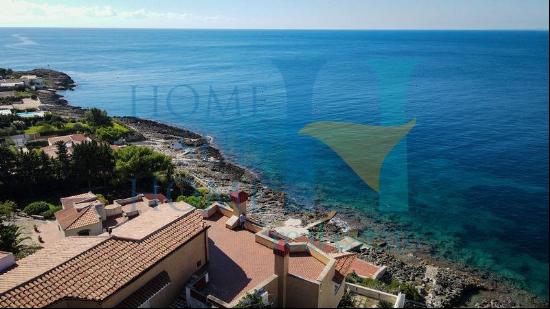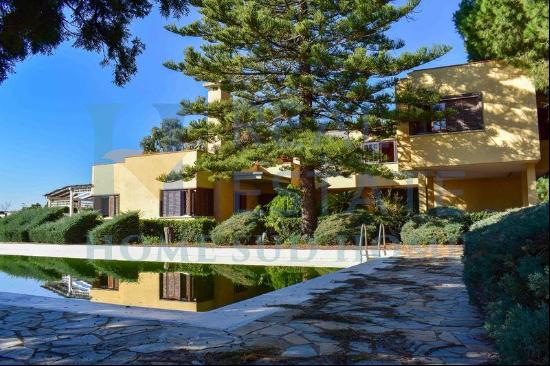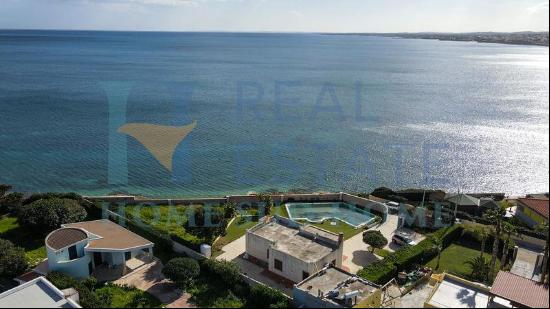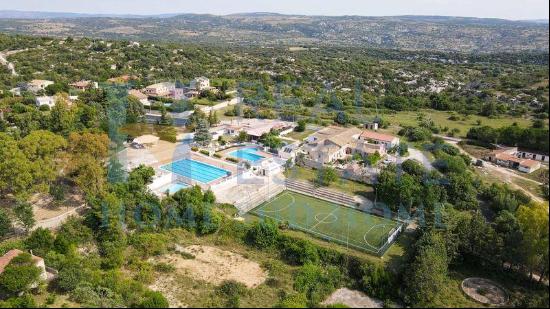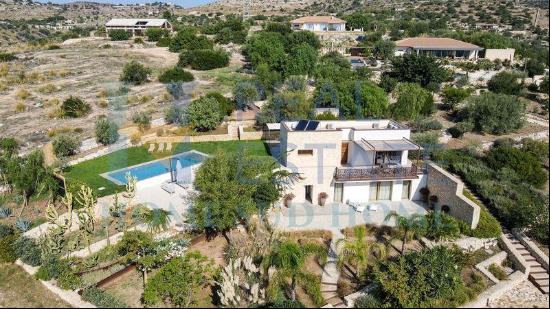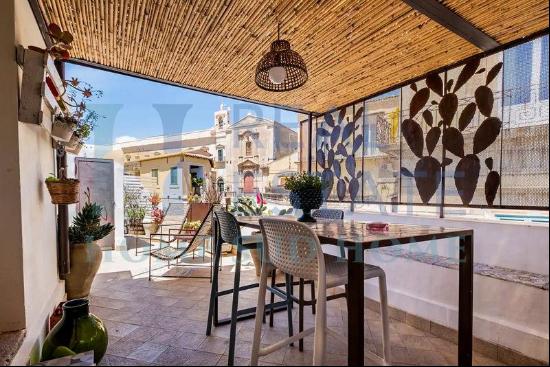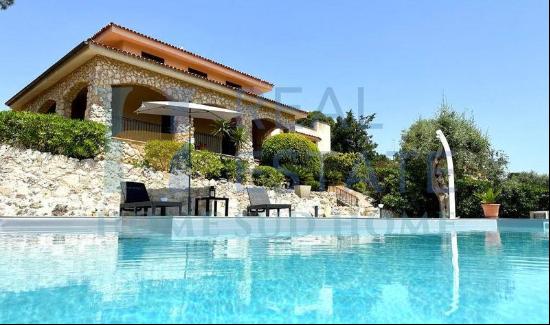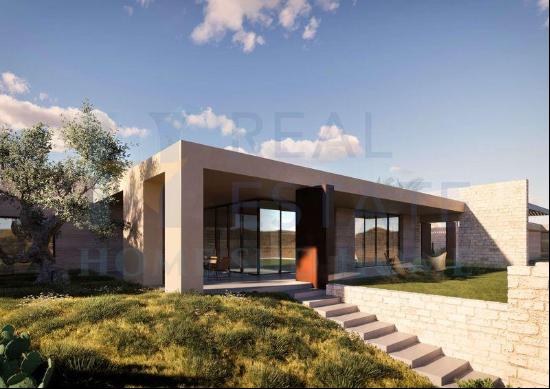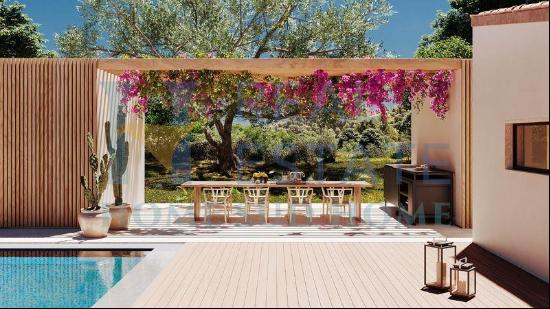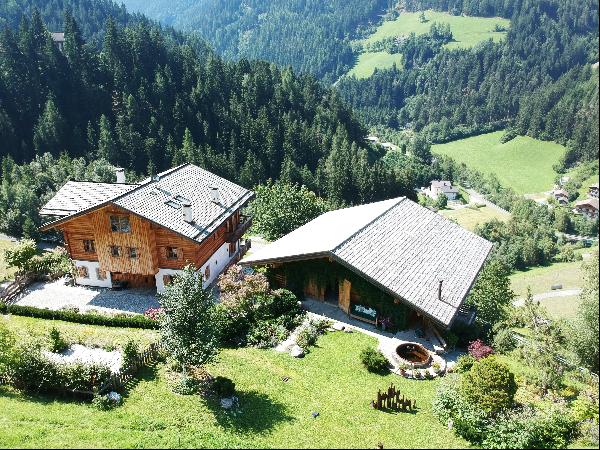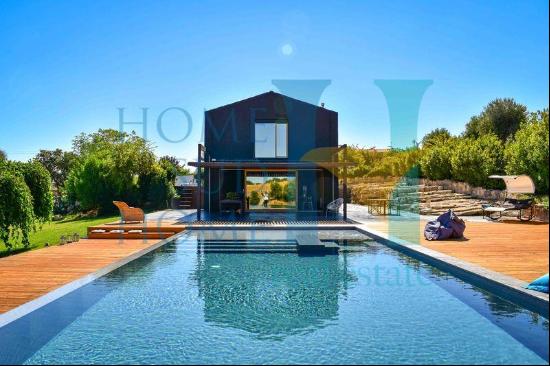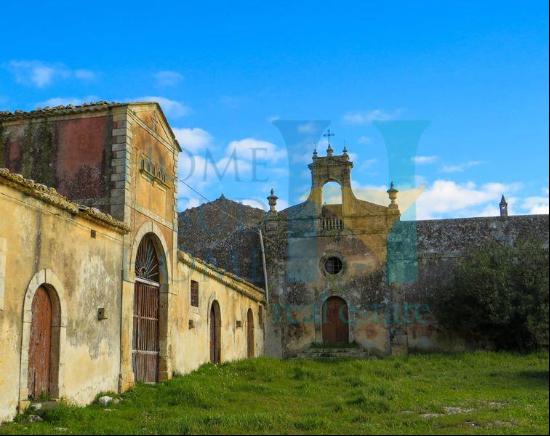
By Caroline Thorpe
Almost touching the tip of Italy’s toes, Sicily’s strategic position in the middle of the Mediterranean Sea has led multiple powers, from the Greeks to the Byzantines, the Normans to the Saracens, to fight over it. Part of Italy since the mid-19th century, the island — the largest in the Mediterranean — remains historically rich and culturally varied.
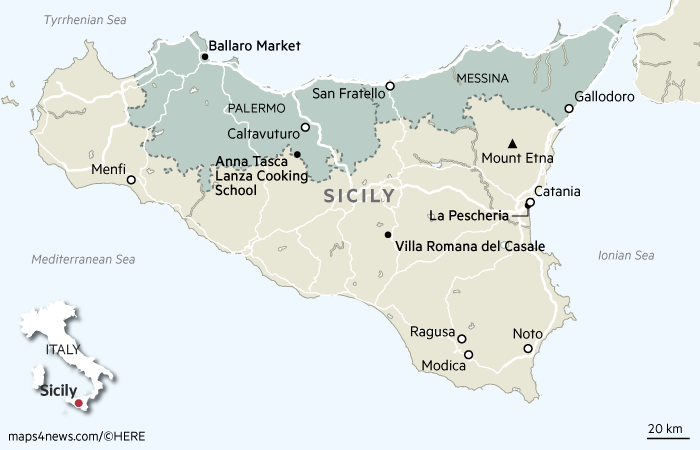
Pensioners’ perk
Sicily is one of eight Italian regions where expat pensioners can gain preferential tax treatment, a perk introduced in 2019 to encourage foreign retirees to move to the country. Individuals of any age who receive pensions from abroad can opt for a 7 per cent flat tax rate on all foreign income, avoiding regular Italian income taxes, which range from 23 to 43 per cent, plus local taxes of up to 3 per cent.
Taxpayers from approved countries must transfer their tax residence to a Sicilian municipality with fewer than 20,000 inhabitants, such as Gallodoro and San Fratello in Sicily’s northeastern province of Messina, and Caltavuturo in Palermo province.

International kudos
The island’s cultural, historical and geological significance is globally recognised — Unesco lists six Sicilian sites on its World Heritage register. These include Mount Etna, the highest volcano in Europe at more than 3,327m, which attracts hikers to its craters in summer and skiers to its slopes in winter. Meanwhile the eight late-Baroque towns of the Val di Noto area in south-east Sicily, developed following a catastrophic eruption of Etna in 1693, showcase the period’s architecture, art and innovative urban planning. In central Sicily, Villa Romana del Casale is a conserved luxury Roman villa with exceptional mosaics, according to Unesco.

Choice of homes
Like its cultural heritage, Sicily’s housing stock is varied. The most sought-after homes include Baroque mansions around Noto, palazzetti in Ragusa and Modica, restored farmhouses and coastal villas. Prices compare favourably with Italy’s other Mediterranean outpost: Sicilian homes averaged €1,162 per sq m in February, compared with €2,270 in Sardinia, according to data provider Immobiliare.
Sicily’s housing market, in decline since 2015, fell more sharply in the year to February than Sardinia’s, dropping 3.5 per cent compared with 0.7 per cent across the water. Italy Sotheby’s International Real Estate is selling a 13-bedroom manor house with olive groves and vineyards near Menfi in south-west Sicily for €8.5m.

Healthy diet
Sicily is abundant in produce compatible with the Mediterranean diet, which is high in fruit and vegetables, fish, olive oil and other nutritious foods and widely believed to help prevent major diseases. The island’s fertile volcanic soils produce copious amounts of seasonal crops including citrus fruits, olives, spiny artichokes, wild asparagus and almonds. According to EU figures, more than a quarter of Sicily’s farmland is organic, making it one of only eight European regions to have achieved this level.
Pick up fresh produce at Palermo’s Ballaro market, fish at La Pescheria market in the eastern city of Catania and learn to cook it all the Sicilian way at the Anna Tasca Lanza Cooking School, in the central Caltanissetta province.

Improving connections
Sicily’s four main airports — at the capital Palermo, Catalina, Trapani Birgi and Comiso — offer frequent flights to destinations throughout Europe, including Amsterdam, Madrid and London Gatwick. The island is due to become even more accessible: United Airlines announced plans last year to launch a direct New York to Palermo route in May — but the service looks likely to be postponed because of the coronavirus.

Search for a home in Sicily on FT Property Listings
Photographs: Dreamstime; Sotheby’s International Realty


